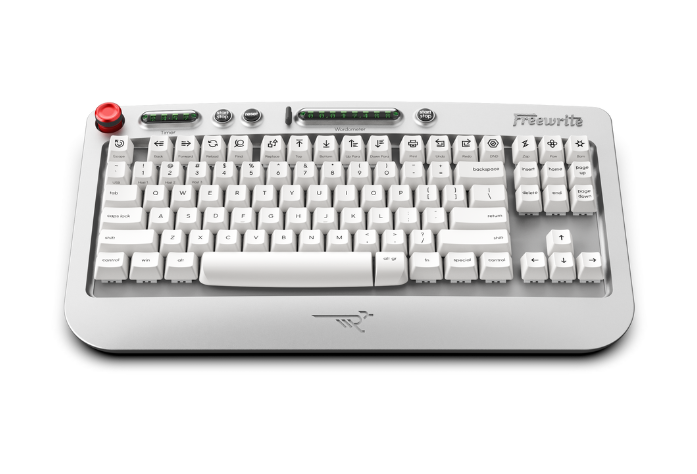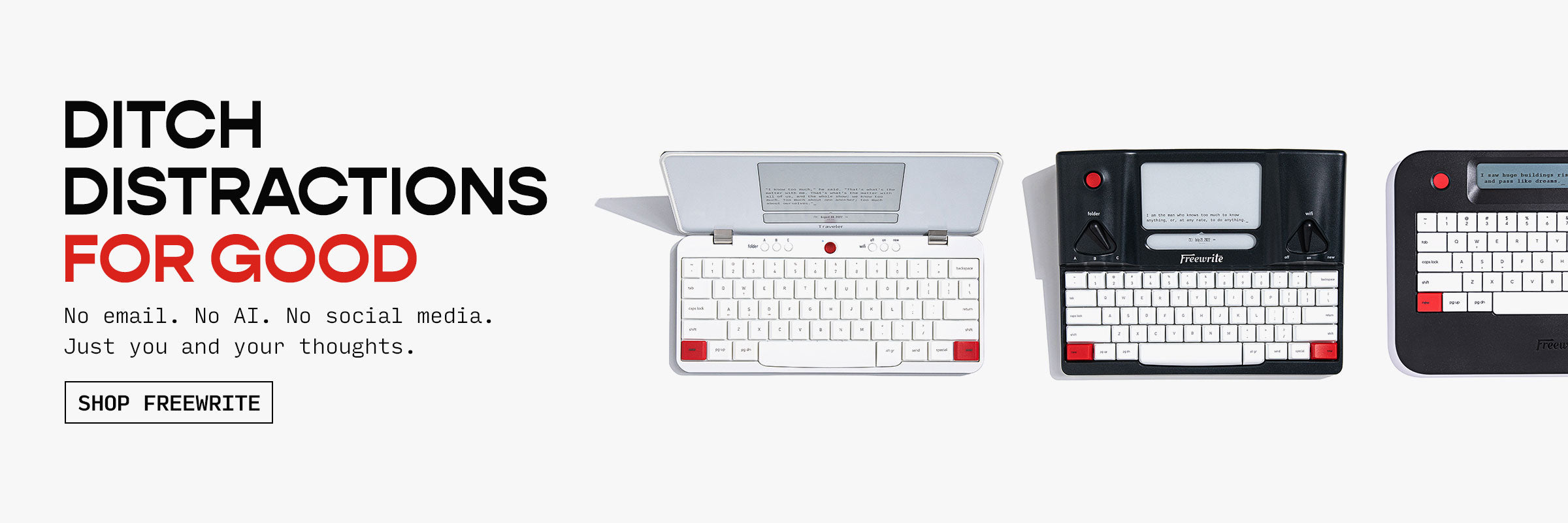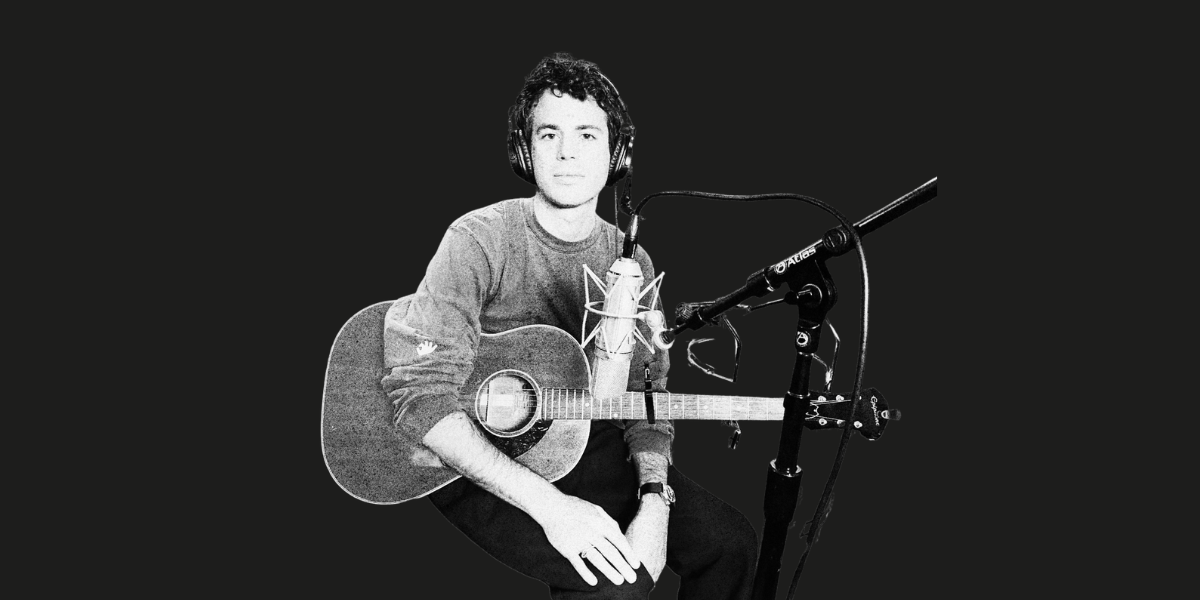As literary devices go, foreshadowing is a technique that every writer needs to have in their toolbox. Everyone from literary greats like William Shakespeare and J.K. Rowling to screenplay masters like Alfred Hitchcock has used foreshadowing to create gripping plot twists that leave insightful readers (and viewers) experiencing that satisfying ‘ah-ha’ moment.
If you’re not quite sure exactly what foreshadowing is, then here’s a definition:

Foreshadowing creates tension or adds suspense to your story, by laying a kind of trail of breadcrumbs that your readers may (or may not) pick up on. If you’ve read a good novel recently, it’s likely that the author threw in some elements of foreshadowing. When you’re reading, foreshadowing is found in seemingly random or innocent scenes that only make sense when the plot begins to be resolved.
When you’re writing, however, there’s nothing random or innocent about foreshadowing. You have to plan elements of foreshadowing so that they don’t appear too obvious - but nor do you want them to be so subtle that none of your readers pick up on the juicy breadcrumbs that you’re leaving for them. So, how does foreshadowing work when you’re writing?
Types of Foreshadowing
Every author has their own style of writing - so the exact way that you approach foreshadowing will depend on your style. However, there are two main types of foreshadowing that you can use in your stories - direct foreshadowing and indirect foreshadowing.
Direct Foreshadowing
If you want to keep your readers hooked, then direct foreshadowing is a great way to go about it. As its name implies, the kinds of hints (or breadcrumbs) you drop into your story are like little nuggets of information that prompt your readers to ponder about how those nuggets fit into the story and where they might ultimately lead. Clever and intuitive readers may even be able to guess how the plot will be resolved because of direct foreshadowing.
Within direct foreshadowing, there are different subtypes that you can use, such as:
Pre-scene
This is a really popular type of foreshadowing. These scenes are often short and relatively downplayed, but reveal something that will turn out to be essential for a plot twist or resolution later in the story.
Readers often become really adept at spotting the pre-scenes, so if you want to use these successfully you need to be careful not to give too much away. Effective pre-scenes convey necessary information but compel your readers to keep reading to either find out why the details are important or to see whether their suspicions are correct.
For example, in your novel, you could have a scene that opens in a crowded bar. Your hero sits at the bar, enjoying his drink and the company of a beautiful young woman. Finishing his drink, your hero gets up to visit the restroom. Immediately, another man approaches the young woman and slips her a piece of paper before leaving the bar. Your hero returns, the couple leaves the bar. Your readers instinctively know that the young woman is either involved in something suspicious or not as innocent as she seems - they just don’t know what is going to come of it.
Name Dropping
If a character is later going to play a really important role in your story, or a particular place is going to be significant, name dropping can foreshadow the future events and signal to the reader that this character or place is important. They won’t know why it’s important, but it’s another breadcrumb that you’re leaving for them.
For example, if you have your hero remark to another character that he’s going to visit a friend the next day, but doesn’t name the friend or the place, your readers wouldn’t really think much about it. If, on the other hand, your hero says, instead, that he’s meeting Charlie McGuiness at Holy Rood Chapel, then your readers are more likely to recognize these details as being in some way significant.
Prophecy
This is an old type of foreshadowing that has been used by the likes of Orson Welles and William Shakespeare. Essentially, it’s a way of directly telling your readers that there’s going to be a specific kind of dramatic event occurring at some point.
Some writers see this is an outdated and counterintuitive practice, so it isn’t as common as it used to be - but it can still be powerful. You’re telling your readers that something specific is going to happen - but they don’t know when, or how, or what other surprises you have in store, so you keep them locked in a sense of anticipation.
Here’s an example, from William Shakespeare’s Macbeth (Act 1, Scene 3):
"All hail, Macbeth, thou shalt be king hereafter!
[…]
Lesser than Macbeth, and greater.
Not so happy, yet much happier.
Thou shalt get kings, though thou be none:
So all hail, Macbeth and Banquo!
Banquo and Macbeth, all hail!"
Indirect Foreshadowing
If you’re more interested in subtlety than feeding your readers clues, then indirect foreshadowing is the way to go. You’re in control over the level of subtlety, and with this type of foreshadowing, although your readers may recognize the breadcrumbs as significant, they’re not likely to be able to figure out exactly what you’re hinting at.
Personally, as both a reader and a writer, I find indirect foreshadowing more rewarding. In the modern age of social media, some direct foreshadowing looks more like clickbait and I prefer to be more subtle when I’m writing. Let’s look at some types of indirect (subtle) foreshadowing:
Innocuous Statements
These are the type of foreshadowing that may stick in your readers’ minds but only make sense when all is revealed later in the story. It’s less likely to cause your readers to be gripped, but when you have established yourself as a writer and have a following of fans, your fans will pride themselves on being able to spot the innocuous statements that you drop into your writing and try to guess what the outcome will be.
Here’s an example of innocuous statements at work. In Star Wars: Episode II, Obi-Wan Kenobi remarks to Anakin Skywalker: “Why do I get the feeling, you will be the death of me?”. It’s only later in the series that the hidden foreshadowing makes sense.
Pathetic Fallacy
When I first came across this term I honestly had no idea what it could mean. Once I figured it out, however, it became one of my favorite subtle foreshadowing techniques. Pathetic fallacy refers to the way that you can give human emotions to things that are not human - like the weather, for example.
There are tons of ways that you can use this technique to foreshadow future events. An icy gust of wind may be used to evoke a sense of foreboding or convey that something chilling is going to happen, for example. Likewise, a rainbow appearing during a ferocious storm may suggest that there is a change coming, or something more positive will emerge out of trouble.
Charles Dickens uses the weather in Great Expectations to convey something of what the hero, Pip, is feeling. Can you figure out what Dickens is trying to foreshadow?:
"So furious had been the gusts, that high buildings in town had had the lead stripped off their roofs; and in the country, trees had been torn up, and sails of windmills carried away; and gloomy accounts had come in from the coast, of shipwreck and death."
Object Placement
Famously, Anton Chekhov once declared that “If in Act One you have a pistol hanging on the wall, then it must fire in the last act”. While he was undoubtedly referring to playwriting, the same applies to any kind of story - and, ultimately, this is a tool that can be used to foreshadow really effectively.
What this means is that if you have something pretty huge happening late on in the story, you can foreshadow it really subtly by making some kind of allusion to it early on. In Chekhov’s example, you would put some kind of emphasis on a pistol that would later be pivotal to the plot.
This is a hugely popular technique - you surely must have read a book (or ten) where there’s a mention of an object that doesn’t really seem to make total sense in the current scene, but then, later, you get that ah-ha moment of realizing, “oh, that’s why it was there!”
There are different ways you can use this technique, too. Let’s look at a couple of examples:
● Your hero is driving to the airport to pick up his fiance who is returning from an overseas business trip. He’s talking to his business partner on the phone and glances at the fuel gauge, which reads close to empty and then continues with his conversation. In this scene, it’s more the absence of something (i.e. a full fuel tank) that you’re foreshadowing. You could use this with medication bottles, or show your character forgetting an object, too.
● Your heroine is sitting at her desk in her university office, grading term papers. Her pen runs out, and she opens a drawer to get a new one. In the drawer, there’s an unopened envelope, yellow with age, with a name written on it. She closes the drawer quickly. Your readers will remember the letter - but they don't know why it’s important.
Effective Use of Foreshadowing
The type of foreshadowing that you use and the way that you use it will depend on what you want to achieve with it. Looking to build suspense? Then you should use more direct foreshadowing (so your reader’s don’t miss the clues). If you want to foreshadow a future event, however, it’s best to take a more subtle approach with indirect foreshadowing.
One mistake that many writers make is using too much foreshadowing. A little bit of foreshadowing is better than a lot of it if you use it well. That means you need to get more selective about what you use foreshadowing for, and where in your story you use it.
Major turning points in your story should be your foreshadowing priority. There are usually around 3 turning points in a story arc: the point at which your character’s life is affected by something in a significant way; the midpoint in the story arc where your character starts to question themselves in some existential kind of way; and the climax of the story.
Generally, there will be more foreshadowing in the first half of your story, with the ‘ah-ha’ moments coming in the second half. One good means of getting a good balance (and making sure you’re not going overboard on the foreshadowing) is to use a plot diagram to pinpoint the best moments for foreshadowing for the major turning points in your story.
Practice Your Technique for Gripping Foreshadowing
Don’t expect to master foreshadowing instantly. Masters of suspense like Stephen King and Alfred Hitchcock perfected their craft over many years - so you should expect to spend time practicing your foreshadowing skills.
It’s a good idea to try to identify foreshadowing when you’re reading your favorite authors’ novels, too, as that way you’re able to learn from the masters themselves. As you’re reading, ask yourself why their foreshadowing techniques are so effective and practice replicating the techniques yourself.
Whether you prefer to use direct or indirect foreshadowing, you can keep your readers guessing and build your confidence until you are a master at foreshadowing, too.






























